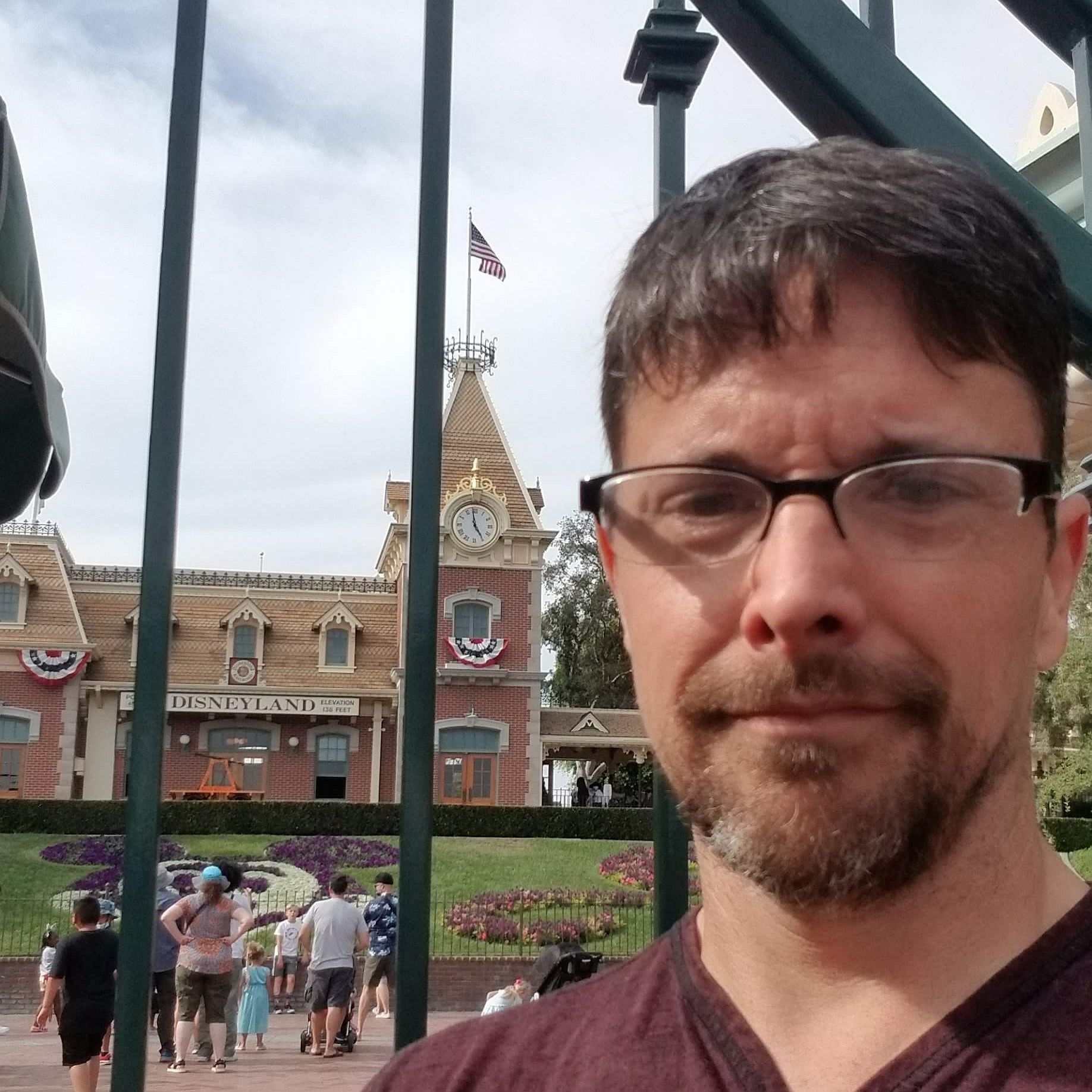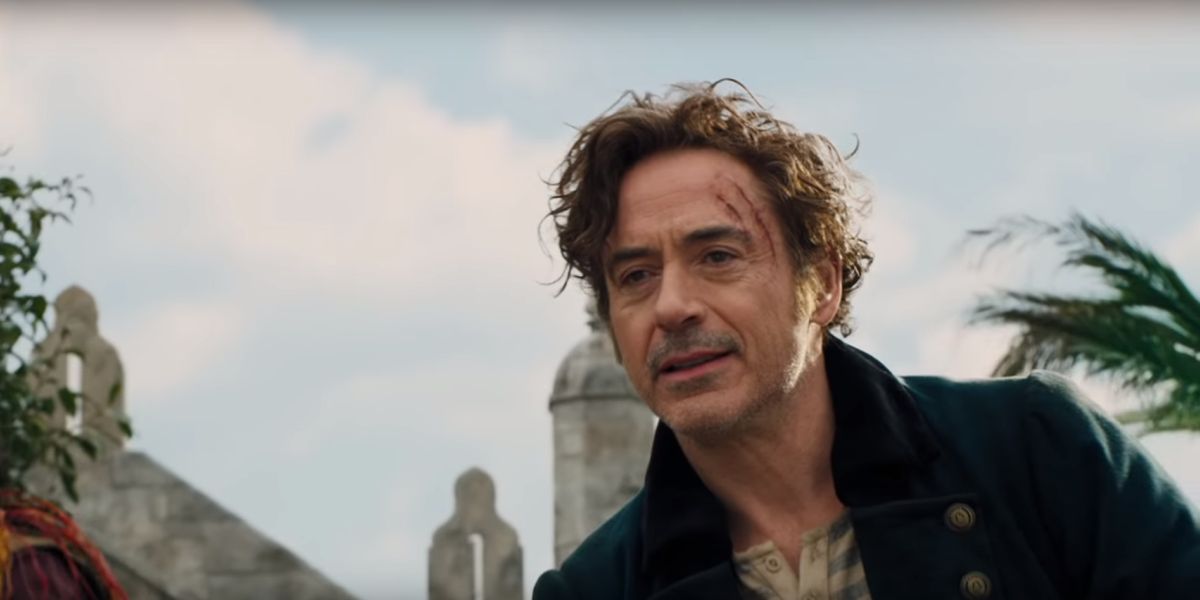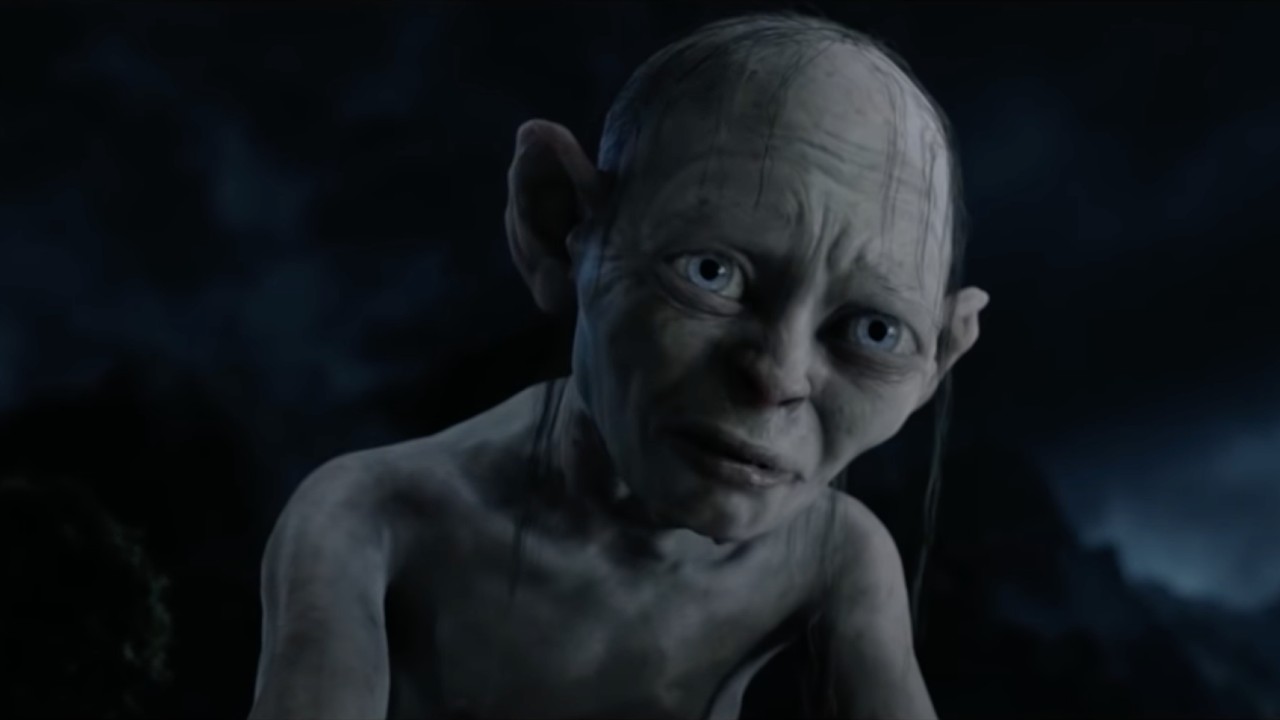Over a decade ago, Marvel Studios and Jon Favreau took a chance on Robert Downey Jr as Iron Man, and on his back the Marvel Cinematic Universe was launched. Downey's star rose into the stratosphere, and numerous other major film roles came his way because of it. Now, the MCU is in the rear view mirror for the actor, and the man who is still one of the biggest names in Hollywood has launched his post-Marvel career with Stephen Gaghan's Dolittle – the newest version of the classic story about the physicist who can talk to animals.
It's something of an inauspicious place to start this new stretch of the actor's career. Dolittle gives the appearance of a major "event" movie, like most of what the actor has done in recent years, Marvel or otherwise. The major parts of the budget that didn't go pay Downey were spent on elaborate digital effects to bring animals to life, and while that was money well spent, the rest of the film simply doesn't live up to its own lofty goals.
While you may be familiar with with Doctor Dolittle from the classic stories, only the most basic facts make it into this translation. An animated introduction introduces us to the doctor, who has the unique ability to communicate with all forms of animals. He so impresses the Queen of England that she gifts him a large piece of land where he and his animals can live and the creatures can roam free. Dolittle also has a wife, named Lily, but when she is lost at sea, the distraught doctor closes the gates and locks himself off from the world.
However, when the Queen of England falls ill, and Dolittle learns her death could mean the loss of his home, he's forced back into the world, with a young boy named Tommy Stubbins (Harry Collett), who fancies himself the doctor's apprentice, going along for the ride.
Robert Downey Jr’s accent was… a choice, and not a good one.
'The original Doctor Dolittle stories are designed for a younger audience, and if there's anything that can be said for the new film, it certainly understands that. The film is bright and shiny and the animal characters are brought to life in a way that makes them full characters in the story. The plot is fairly simple and predictable, but for the kids in attendance none of that will likely matter.
For their parents, however, there might be a few issues. The single biggest problem in Dolittle might actually be Robert Downey Jr.'s accent. While such a simple choice as a voice change might not seem vital, when it's your lead character, and the accent doesn't work, it impacts every scene of the film. Downey speaks in this sort of unplaceable English accent that also makes him sound perpetually hoarse. It makes him difficult to understand at the best of times. In addition, because speaking in such a way would obviously not be easy to pick up on set, it means that Downey's entire vocal performance appears to have been recorded in ADR, and this is noticeable quite often. Digital animals can get away with having words that don't match the movements of their mouths perfectly; your human lead can't.
Tom Holland, John Cena, and the all-star voice cast of talking animals will make the kids laugh.
As far as those animals go, Dolittle has put together an all-star cast to give voices to Dolittle's animal companions. Oscar winner Rami Malek is a gorilla overcome by fear. Emma Thompson is the no-nonsense parrot. John Cena is the physically imposing polar bear who can't stop arguing with the ostrich voiced by Kumail Nanjiani. Tom Holland is the faithful pup, who unfortunately doesn't have much to do.
In addition to being the bulk of the production budget, the animal characters are also the source of most of Dolittle's comedy. The jokes are petty simple, usually based in animal behavior, and while I can't say they don't work, they're not particularly creative. The kids in the audience who have never heard the jokes before will laugh, the adults sitting with them will sigh.
Dolittle is reported to have been a movie that went through significant reshoots, it was originally scheduled for release nearly a year ago. It's not surprising that an effects heavy movie like this required significant post-production work, it's not uncommon for films like this to really figure themselves out in the edit, and yet, Dolittle doesn't feel like it was found in the edit, so much as lost in it.
Dolittle’s tight runtime makes it feel like we’re missing something, but it also doesn’t overstay its welcome.
Dolittle is about 100 minutes long if you don't count the credits and while this brief runtime has the benefit of keeping the story moving, it perhaps moves a little too fast. It seems pretty clear that significant chunks of the original project are just gone, and not replaced with anything.
Secondary characters, like a rival doctor played by Michael Sheen, are given little explanation, little purpose, and even less resolution. Dolittle contains a mid-credits sequence that feels like it was added, not for a final laugh or a tease of something to come, but rather because somebody realized too late they forgot to put it in the body of the film.
I want to commend Dolittle for not ultimately going in the direction of a trope I was expecting from literally the opening sequence, but I'm not sure if that was an intentional decision, or a last minute change that was forced by reshoots and edits.
Dolittle isn't a terrible movie, it's just not an impressive one. It doesn't feel like a waste of time, but perhaps only because it doesn't ask too much. It clearly wanted to be something bigger, and it's simply disappointing that it isn't.

CinemaBlend’s resident theme park junkie and amateur Disney historian, Dirk began writing for CinemaBlend as a freelancer in 2015 before joining the site full-time in 2018. He has previously held positions as a Staff Writer and Games Editor, but has more recently transformed his true passion into his job as the head of the site's Theme Park section. He has previously done freelance work for various gaming and technology sites. Prior to starting his second career as a writer he worked for 12 years in sales for various companies within the consumer electronics industry. He has a degree in political science from the University of California, Davis. Is an armchair Imagineer, Epcot Stan, Future Club 33 Member.











